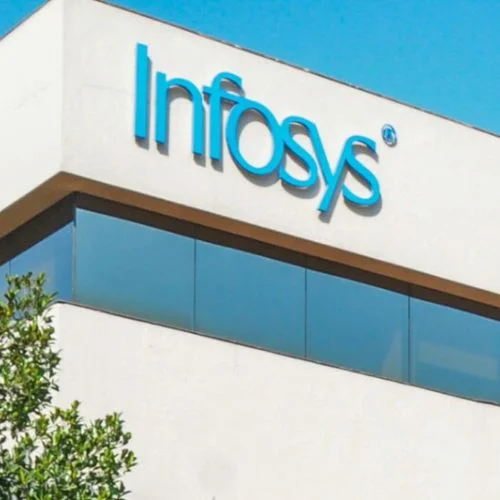Shares of major IT corporations such as Infosys, TCS, and HCL Technologies increased by about 1-3% in the first week of the month. During the same time period, the Nifty IT – TRI index provided roughly 2.84%.
The IT industry and technology funds are making a comeback. After riding high in previous years, these plans have been under pressure in the last year because of fears about global growth, rising rates, and IT budget cuts, among other things. Can you expect stronger returns on your IT investments in the coming months?
According to ACE MF statistics, technology funds returned roughly 2.73% in the first week of February. These schemes have increased by around 7% in the previous month and by 6% in the last three months. Despite a 3% increase in six months, these programs have lost roughly 10% in the previous year.
According to Vaibhav Dusad, fund manager at ICICI Prudential Technology Fund, the present increase is attributable to transitory sector rotation. “Investors are exiting banks and reinvesting in technology. “In CY22, the technology sector underperformed by 25-30% while banking outperformed, resulting in the rotation,” he explains. Read the whole interview: ‘A good moment to enter the IT sector in the next 2-4 years
Shares of major IT corporations such as Infosys Co., TCS, and HCL Technologies increased by about 1-3% in the first week of the month. During the same time period, the Nifty IT – TRI index provided roughly 2.84%. So, fears of a worldwide recession, severe rate rises, significant IT investment cuts, and so on have subsided?
According to Meeta Setty, the IT industry had a significant correction in CY22 due to worries about expenditure cuts by big multinational corporations against the backdrop of macroeconomic issues in developed nations. There is a strong possibility of cost reduction in a recessionary climate.
“While the concerns still remain and the clarity on budget cuts will emerge in the coming months, structural levers like increasing intensity of outsourcing Cloud adoption (which is still only around 25-30% of total IT workload and can move to over 50% in next 3-4 years, as per Indian IT companies), the need to keep improving on customer experience, increasing need of cyber security, data, and analytics are long term positives for the sector.
“The sector’s financials are also strong, with good balance sheet strength, decent free cash flow yields, higher dividend payouts to shareholders, and higher ROEs,” Shetty adds.
According to Vaibhav Dusad, the global macroeconomic situation remains uncertain due to difficulties with inflation in the US and EU markets. “In 2024, this may have an influence on large firms’ technical spending.















